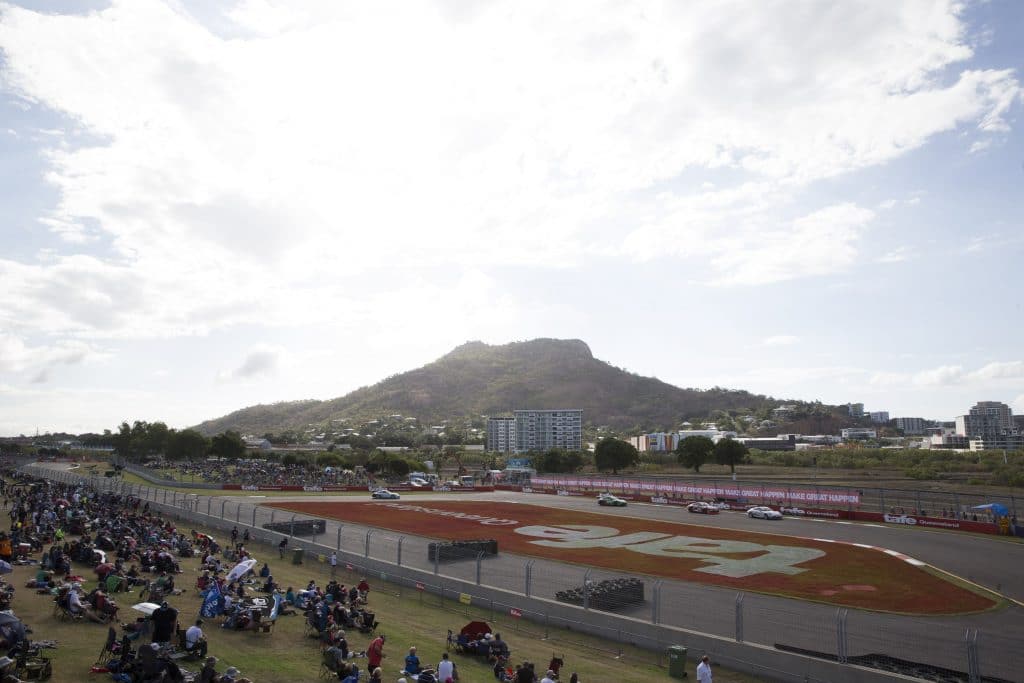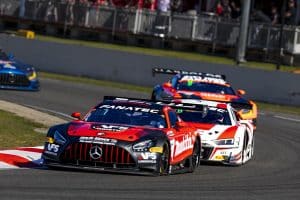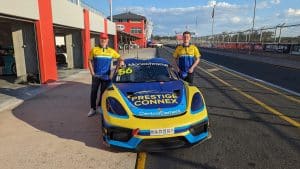The Townsville Supercars street race was a missed opportunity.
Since its inception in 2009, there’s no doubt the event has attracted economic benefits to the North Queensland region, and it’s a nice weekend away for those of us from southern states who enjoy escaping the cold weather in the middle of the year. It has generally produced entertaining racing and is the headline act for the tropical city during July.
But let’s have a look at some financial figures surrounding the event.
The total amount of government funding for the initial setup of the Reid Park facility was $29.58 million, divided as follows: $14.61m from the Queensland State Government, $10m from the Federal Government, and $4.91m from Townsville City Council. These figures don’t include the ongoing annual contributions from State and Local Governments.
Finding publicly available economic impact statements on the Townsville street race is like trying to locate someone wearing blue clothes at any Townsville establishment on State of Origin night, but I still managed to find the results of a couple of studies conducted by James Cook University on the 2010 and 2011 races.
While the full studies weren’t accessible to the general public, the excerpts were available, and calculated the economic benefit to the region at $20.9m in 2010, and $18.1m in 2011.
Compare that to the assessed annual economic impact of a permanent track, Winton Motor Raceway – conservatively calculated to be around $40m – and you can start to see where I’m heading when I talk about a missed opportunity.
$29.58 million is well and truly enough money to get the ball rolling on the construction of a decent permanent motor-racing circuit. If you took that money and matched it with the same amount raised by private enterprise, you would have almost $60 million – enough to build something very flash indeed!
I have no doubt a permanent motorsport facility in Townsville would thrive. At the moment, the closest permanent race track to Townsville is Queensland Raceway, which is almost 1,400km away.
If there was a permanent circuit in Townsville, motorsport enthusiasts in the area and surrounds would buy or build race cars, because all of a sudden, there would be somewhere to race them! And people with race cars also need parts, mechanics to work on them, panel-beaters to fix damage and so on. Motorsport produces economic activity.
The good thing about Townsville is that it’s in nice proximity to other regional cities such as Airlie Beach, Cairns and Mackay. It’s a lot closer to these places than Ipswich, but still far enough away that people travelling to Townsville for a race weekend would want to stay there, thus generating more income for the local economy through accommodation and dining businesses.
And let’s not forget that during the week, permanent venues have other uses including corporate drive days, media testing of vehicles, advanced driver training and many other activities.
The economic benefits would be felt all year round, just as they have at other permanent regional racetracks like Winton and Wakefield Park. Because of the constant usage, these circuits are also able to thrive as successful stand-alone businesses. There is certainly much better “bang for buck” for governments to invest in permanent tracks than temporary ones.
For an idea of how well a permanent facility would work in Townsville, just look at Darwin – a city with a slightly smaller population (142,000 compared to 190,000), and a destination the Supercars attend once a year. However, unlike Townsville, Darwin has a permanent racetrack, and a permanent motorsport industry that includes state circuit racing, drifting and drag racing.
In fact, a permanent facility in Townsville has the potential to work even better than Darwin, due to its larger population, and the aforementioned other towns within a reasonable distance (Darwin is much more isolated).
But alas, in Townsville the government funding was directed into a street circuit which only services a tiny proportion of the motorsport community – those who race in the Supercars Championship or its support categories – once a year, rather than a much larger number of participants for the whole year.
It’s symptomatic of a problem which has existed within the Australian motorsport scene for the best part of two decades. In that time, we have seen the demise of Amaroo Park and Oran Park and the deterioration of Adelaide International Raceway. Street circuits have come and gone, but no permanent facilities have got off the ground – the most recent permanent track to come into existence was Queensland Raceway in the late 1990s.
A lot of this has been because of very effective lobbying from Supercars, convincing all levels of governments to fund street events. This is in no way pointing the blame at Supercars for the lack of investment in permanent tracks – after all, Supercars were striving towards the best outcome for their business.
But it does demonstrate there needs to be more work done from the wider motorsport community to extoll the virtues of permanent facilities, and there does need to be some responsibility taken from the top levels of the sport to support grass-roots participants as well – this happens in other sports such as AFL and NRL.
The construction of Tailem Bend and the fact there are other permanent tracks in the pipeline, including on the NSW Central Coast and at Ballarat in Victoria, gives me optimism for the future.
But until governments recognise the value of permanent facilities and start directing their funding and support towards these instead of temporary circuits, I fear we may be talking about more missed opportunities in the future.
PHOTO: Edge Photographics




